- Free shipping available on orders over £100 (UK) £250 (EU) and $300 rest of the world
WOW359 Henschel Hs 123
Out of Stock
Out of stock
Description
Description
The Henschel Hs 123 was a single-seat biplane dive bomber and close-support attack aircraft flown by the German Luftwaffe during the Spanish Civil War and World War II. It proved to be robust, durable and effective especially in the severe conditions found on the Russian front. It continued to see front-line service until 1944, only to be withdrawn due to a lack of serviceable airframes and spare parts, production having ended in 1940.
The Hs 123 was intended to replace the Heinkel He 50 biplane reconnaissance and dive bomber as well as acting as a “stop-gap” measure until the Junkers Ju 87 became available. As such, production was limited and no upgrades were considered, although an improved version, the Hs 123B, was developed by Henschel in 1938. A proposal to fit the aircraft with a more powerful 716 kW (960 hp) “K”-variant of its BMW 132 engine did not proceed beyond the prototype stage, the Hs 123 V5. The V6 prototype fitted with a similar powerplant and featuring a sliding cockpit hood was intended to serve as the Hs 123C prototype.
Five aircraft were deployed to Spain as a part of the Legion Condor, intended to be used as tactical bombers.
In their intended role, the Hs 123s proved to be somewhat of a failure, hampered by their small bomb capacity and short range. Instead the Hs 123s based in Seville were used for ground support, a role in which their range was not such a detriment and where the ability to accurately place munitions was more important than carrying a large load. The combat evaluation of the Hs 123 demonstrated a remarkable resiliency in close-support missions, proving able to absorb a great deal of punishment including direct hits on the airframe and engine. The Nationalists in Spain were impressed with the Hs 123’s performance in battle, purchasing the entire evaluation flight and ordering an additional 11 aircraft from Germany. The Spanish Hs 123s were known as “Angelito” (dear angel or little angel), and at least one Hs 123 was in service with the Ejército del Aire (Spanish Air Force) after 1945.
At the outbreak of hostilities, the surviving Hs 123s assigned to II. (Schl)/LG 2, were committed to action in the Polish Campaign. This single unit proved to be particularly effective. Screaming over the heads of enemy troops, the Hs 123s delivered their bombs with devastating accuracy. A frightening aspect of an Hs 123 attack was the staccato noise of its engine that a pilot could manipulate by changing rpm to create “gunfire-like” bursts. The Hs 123 proved rugged and able to take a lot of damage and still keep on flying. Operating from primitive bases close to the front lines, the type was considered by ground crews to be easy to maintain and reliable in field conditions.
Operating in the Low Countries campaigns that followed the Henschel proved itself well but was precluded from the Battle of Britain due to its short range. It did however perform well in the Greek and Balkan campaigns before it’s pilots and aircraft were transferred to the Eastern front under the command of SG1 in June 1941, there they fought with great skill against Soviet ground and air forces.
The greatest tribute to the Hs 123 usefulness came in January 1943 when Generaloberst Wolfram von Richthofen, then commander-in-chief of Luftflotte 4, asked whether production of the Hs 123 could be restarted because the Hs 123 performed well in a theatre where mud, snow, rain and ice took a heavy toll on the serviceability of more advanced aircraft. However the Henschel factory had already dismantled all tools and jigs in 1940.
After taking part in the Battle of Kursk, SG 1 returned to Crimea, and there during late spring 1944, they finally gave up the aircraft that had served all over Europe from Spain to Leningrad. 7./SG 1 traded its last Hs 123s in mid-1944, for Ju 87s, a type that was to have replaced it back in 1937.
Our 1/32 scale model measures 31.5cm (12.6 inches) and 23.5cm (9.4 inches) long and comes with the 2 x pilots and fuel drums as per the pictures The colour scheme is typical for a Luftwaffe machine and is based on an aircraft operating out of Greece in the April 1941 campaign.
Reviews (0)

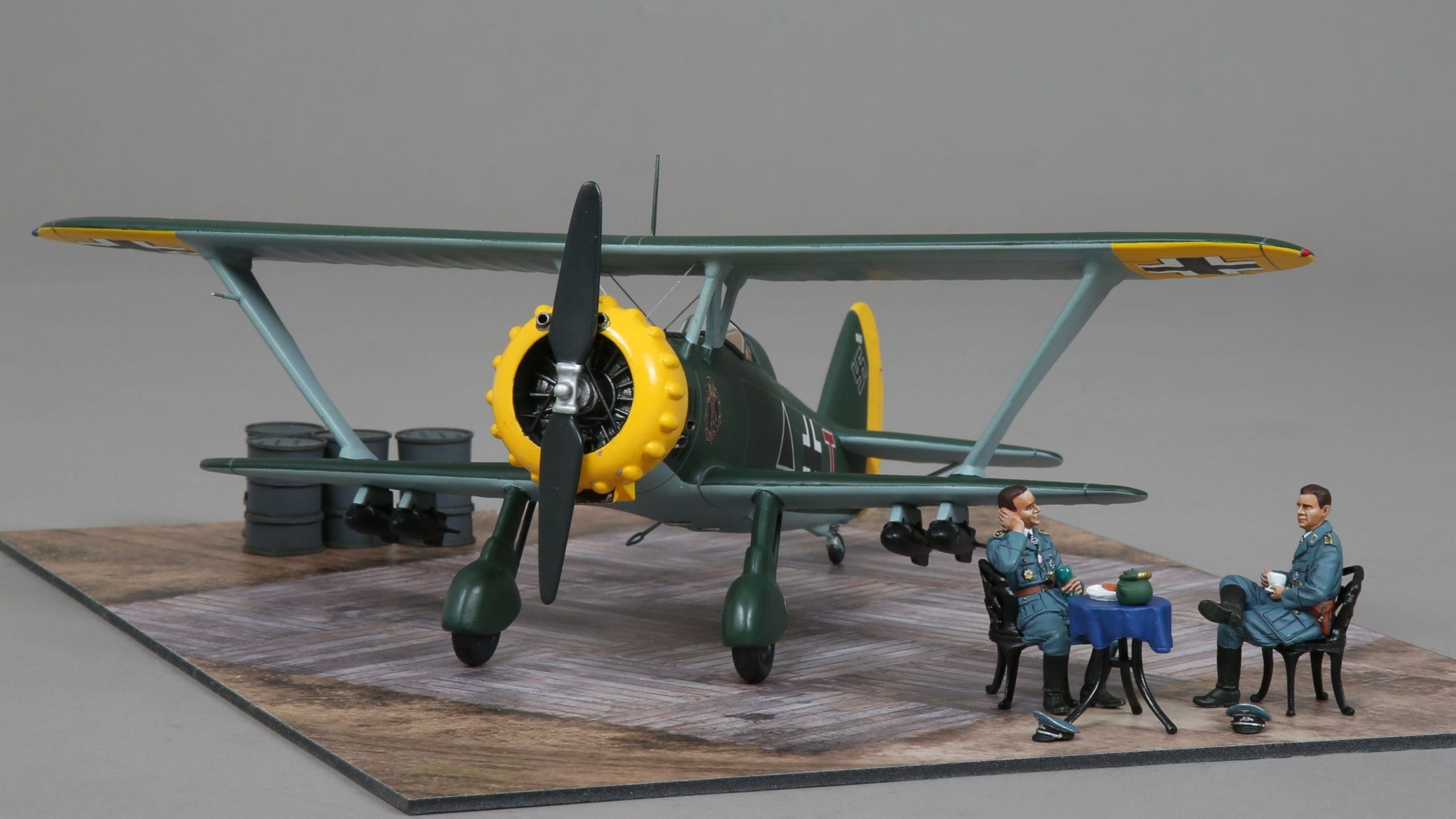
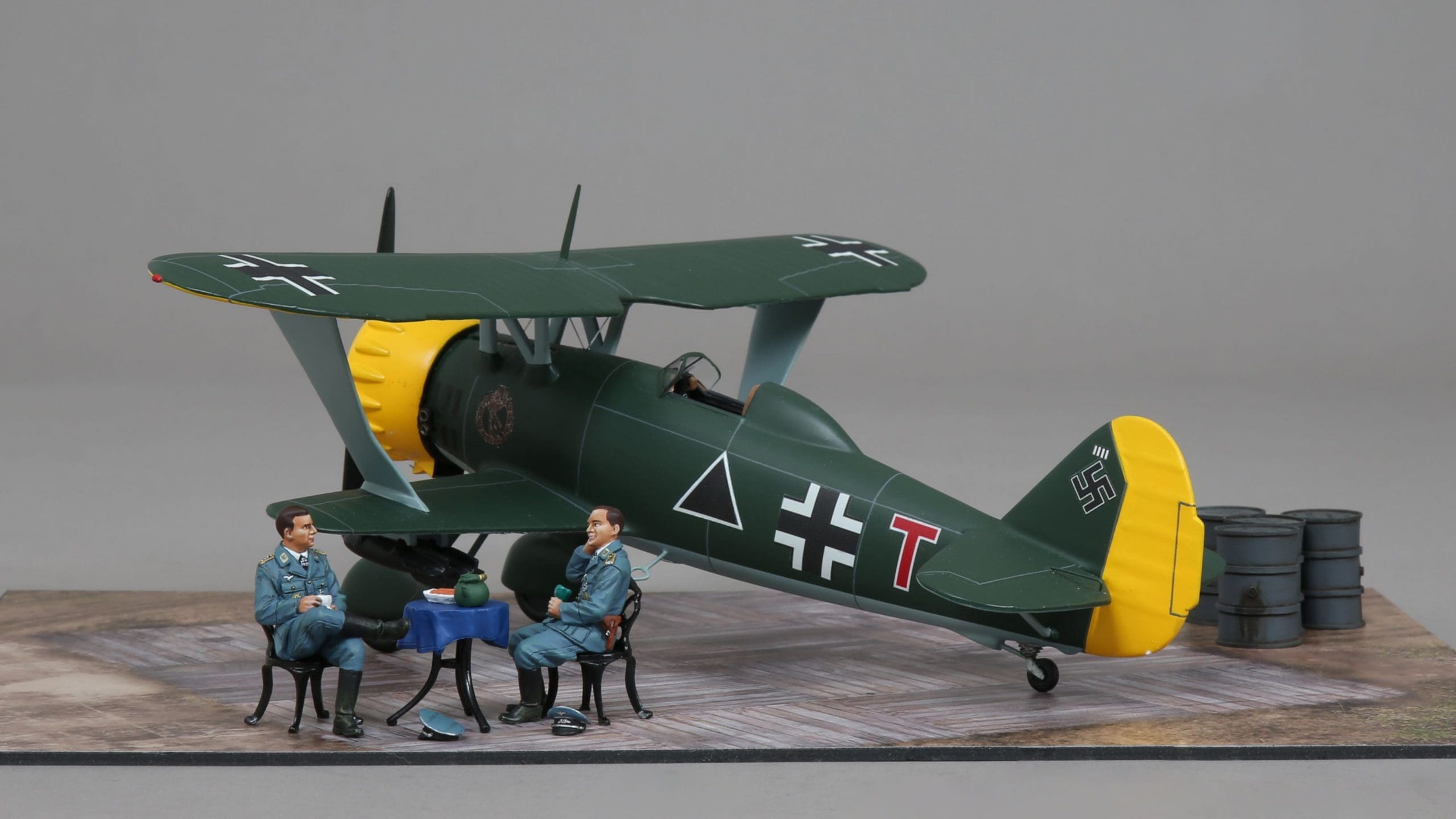
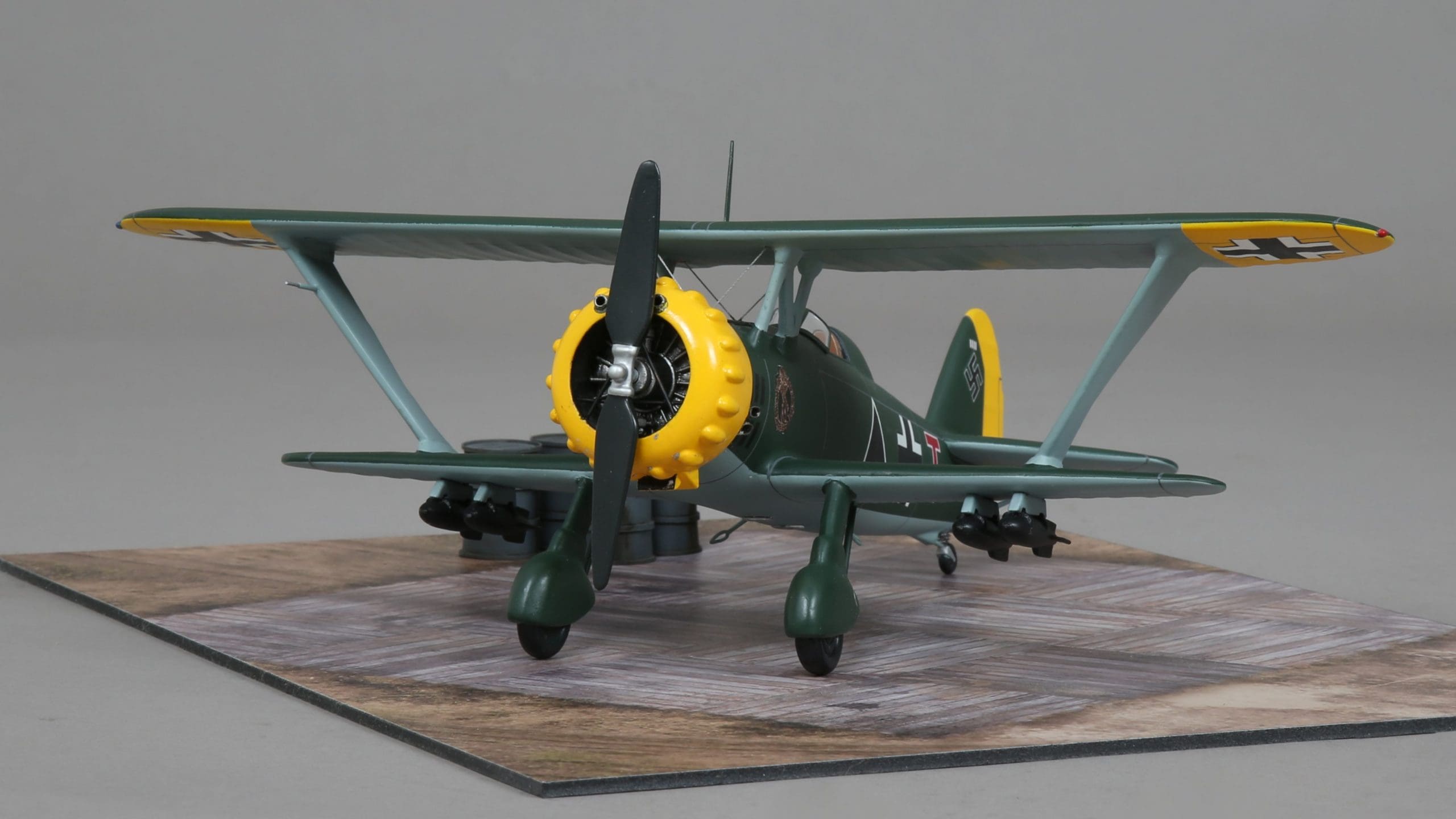
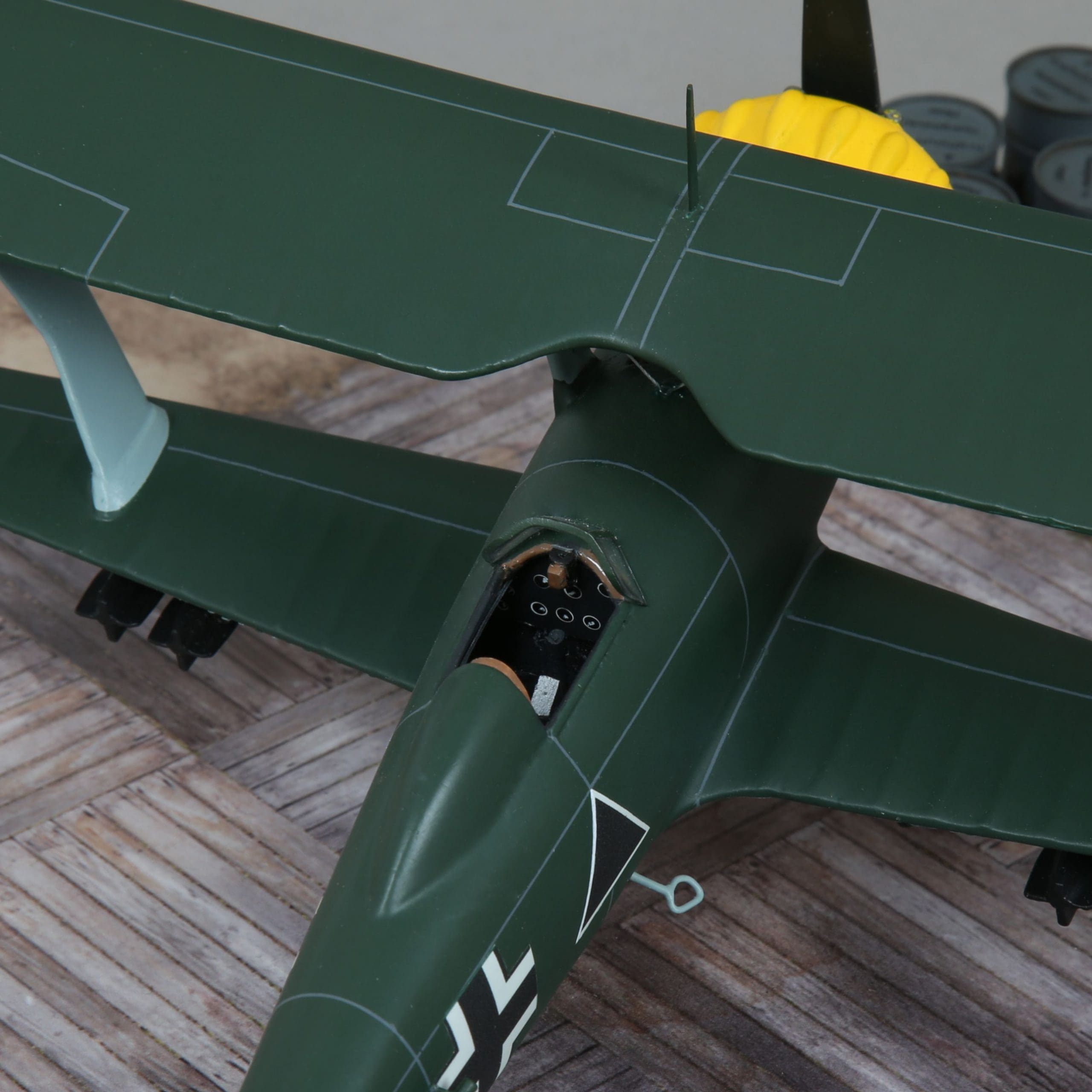


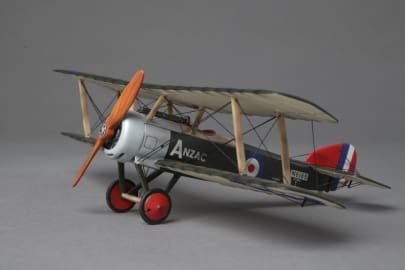
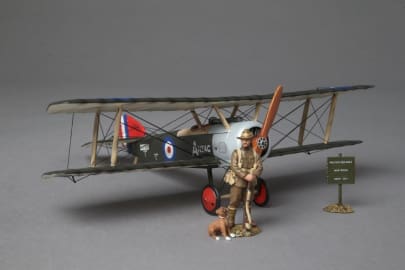
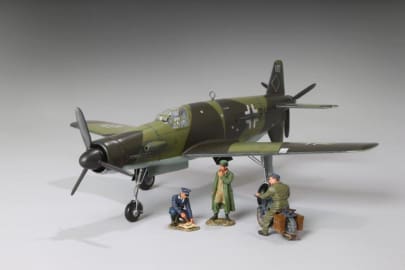
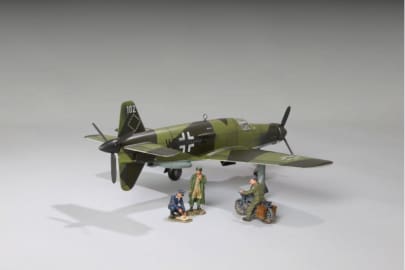
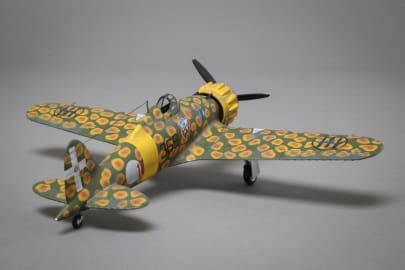
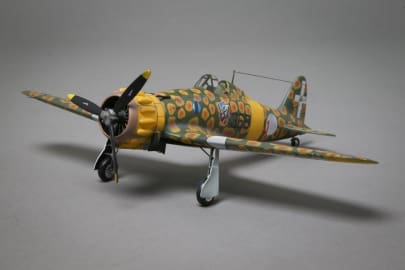
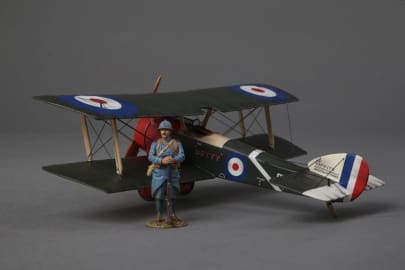
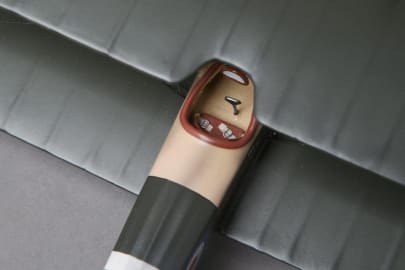
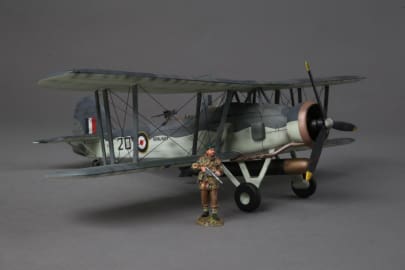
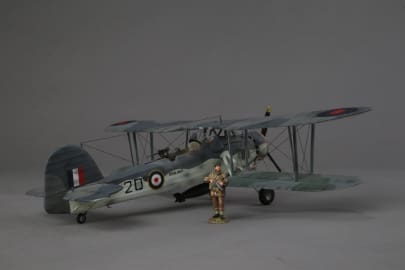
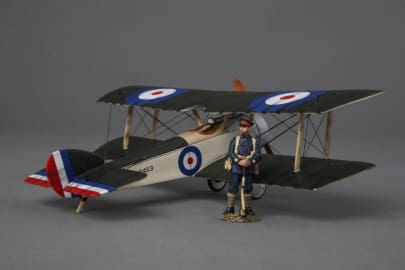
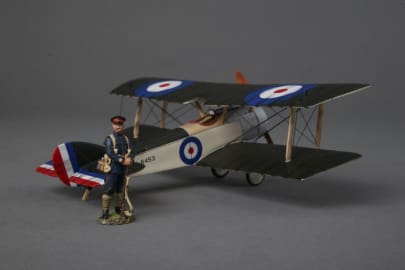
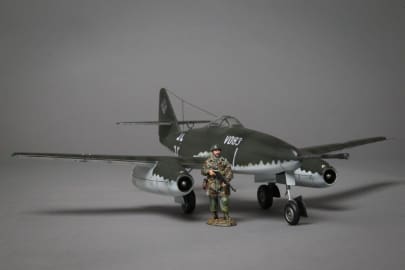
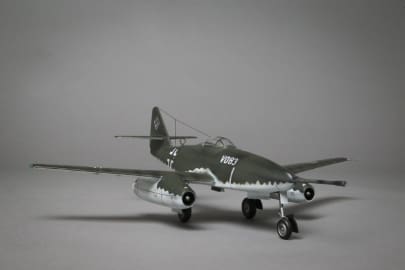
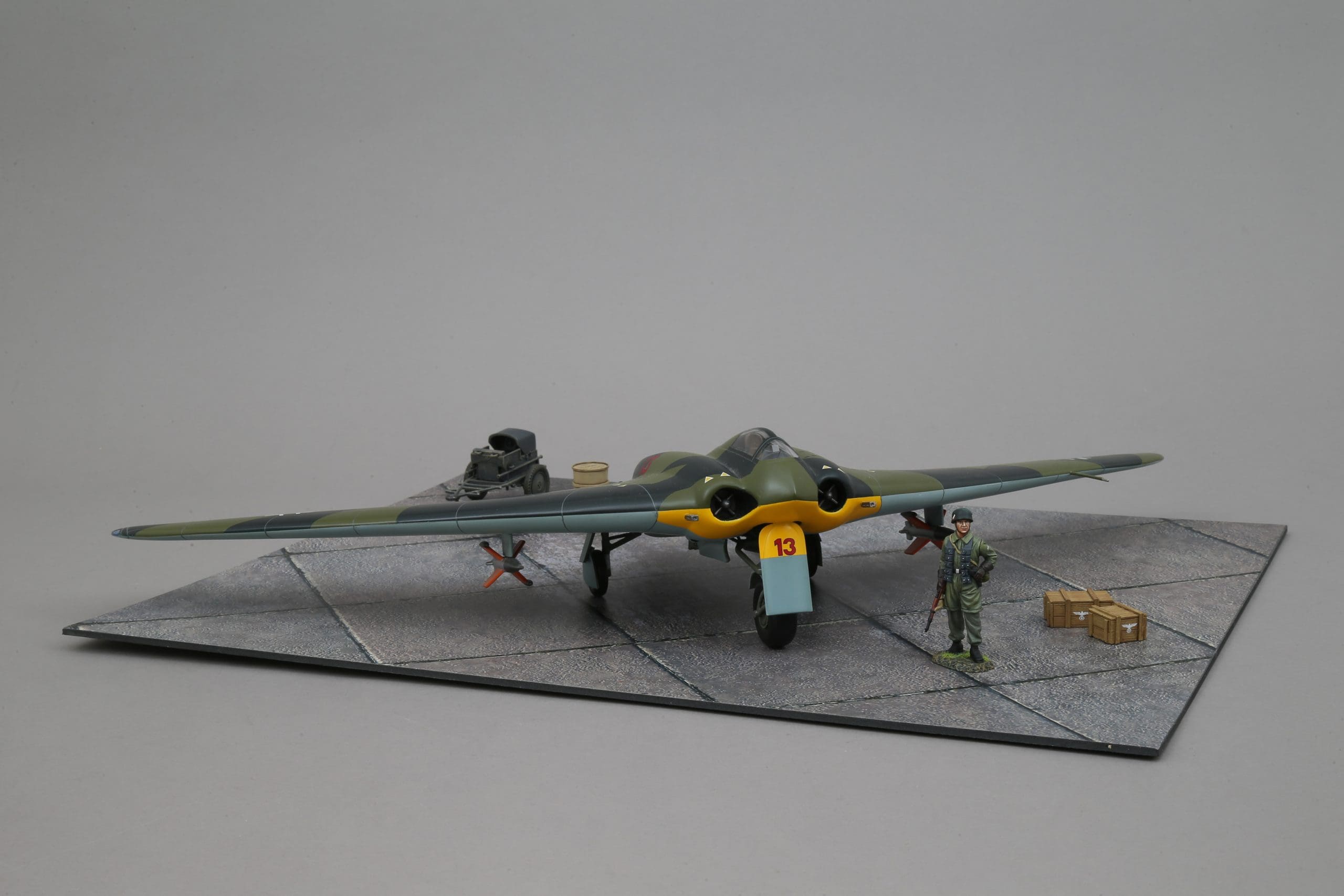
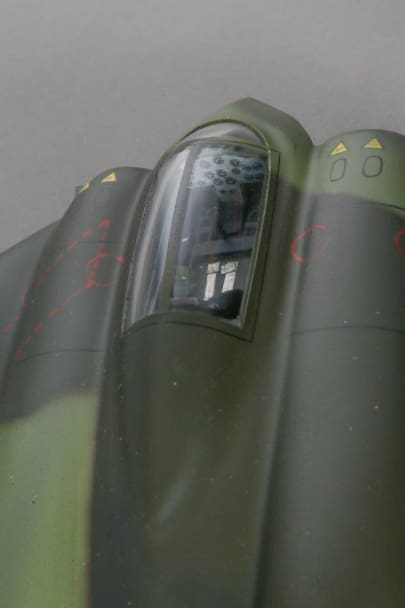
Reviews
There are no reviews yet.